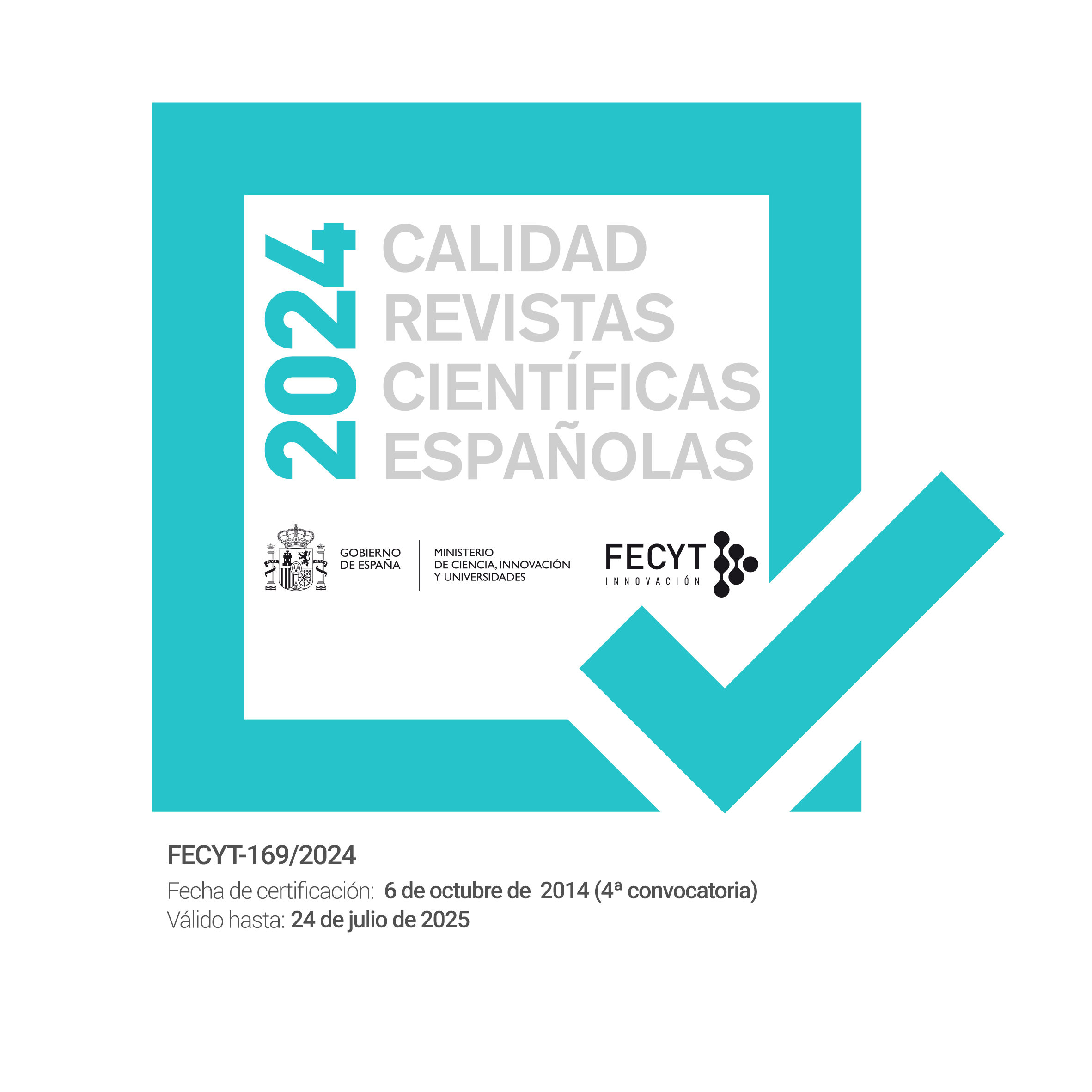Teaching English as an International Language. Selvi, A. F., Galloway, N., & Rose, H. (2024). Cambridge University Press, 96 pages, ISBN: 978-1-108-82123-0
DOI:
https://doi.org/10.30827/portalin.vi43.30970Palabras clave:
Teaching English as an International Language, Global Englishes, Curriculum Innovation, English Language TeachingResumen
As a utilitarian global lingua franca, English has eventually evolved into one language which abounds with diverse forms, functions, roles, domains, and users to date. Nevertheless, English language teaching (ELT) is still dominated by static native
English speaker episteme, resulting in a failure to suit current sociolinguistic realities and learners’ dynamic needs. By scrutinising exhaustively the spread of English as an international language (EIL) from historical, sociolinguistic, and pedagogical perspectives, Selvi, Galloway, and Rose’s monograph titled Teaching English as an International Language (TEIL) represents a timely and significant contribution to catalysing change and innovation in traditional ELT beliefs, principles, and practices that prioritise native speakerism. This review first outlines an overview of the contents of each chapter, and then discusses the strengthes and weaknesses of the book. This book is strongly recommended to EFL teachers, ELT administrators, policymakers, curriculum designers, material developers, and test writers in the realms of applied linguistics, sociolinguistics, and second language acquisition. For those postgraduate students and pre-service teachers interested in TEIL, this book also proves to be a thought-provoking must-read for their research and teaching work.
Descargas
Citas
Fang, F., & Widodo, H. P. (Eds.). (2019). Critical perspectives of Global Englishes in Asia: Language policy, curriculum, pedagogy and assessment. Multilingual Matters. https://doi.org/10.21832/9781788924108
Holliday, A. (2005). The struggle to teach English as an international language. Oxford University Press.
Rose, H., & Galloway, N. (2019). Global Englishes for language teaching. Cambridge University Press. https://doi.org/10.1017/9781316678343
FUNDING INFORMATION
This work was supported by China Adult Education Association under Grant No. 2023-815Y and Guangdong Distance and Open Education Research Fund under Grant No. YJ2420.
Descargas
Publicado
Cómo citar
Número
Sección
Licencia
Derechos de autor 2024 Qiudong Li

Esta obra está bajo una licencia internacional Creative Commons Atribución 4.0.




















